To my other GT6 pages.
August 12, 2019
Front Calipers
GT6 cars had disc brakes at the front. Each caliper has two opposing pistons actuated by hydraulic pressure.
I dragged the pair of these rusty lumps down to the shop to extract the calipers.

These units spend their lives in nasty conditions down close to the road, so they were both crusted with dirt, rust, and glop.
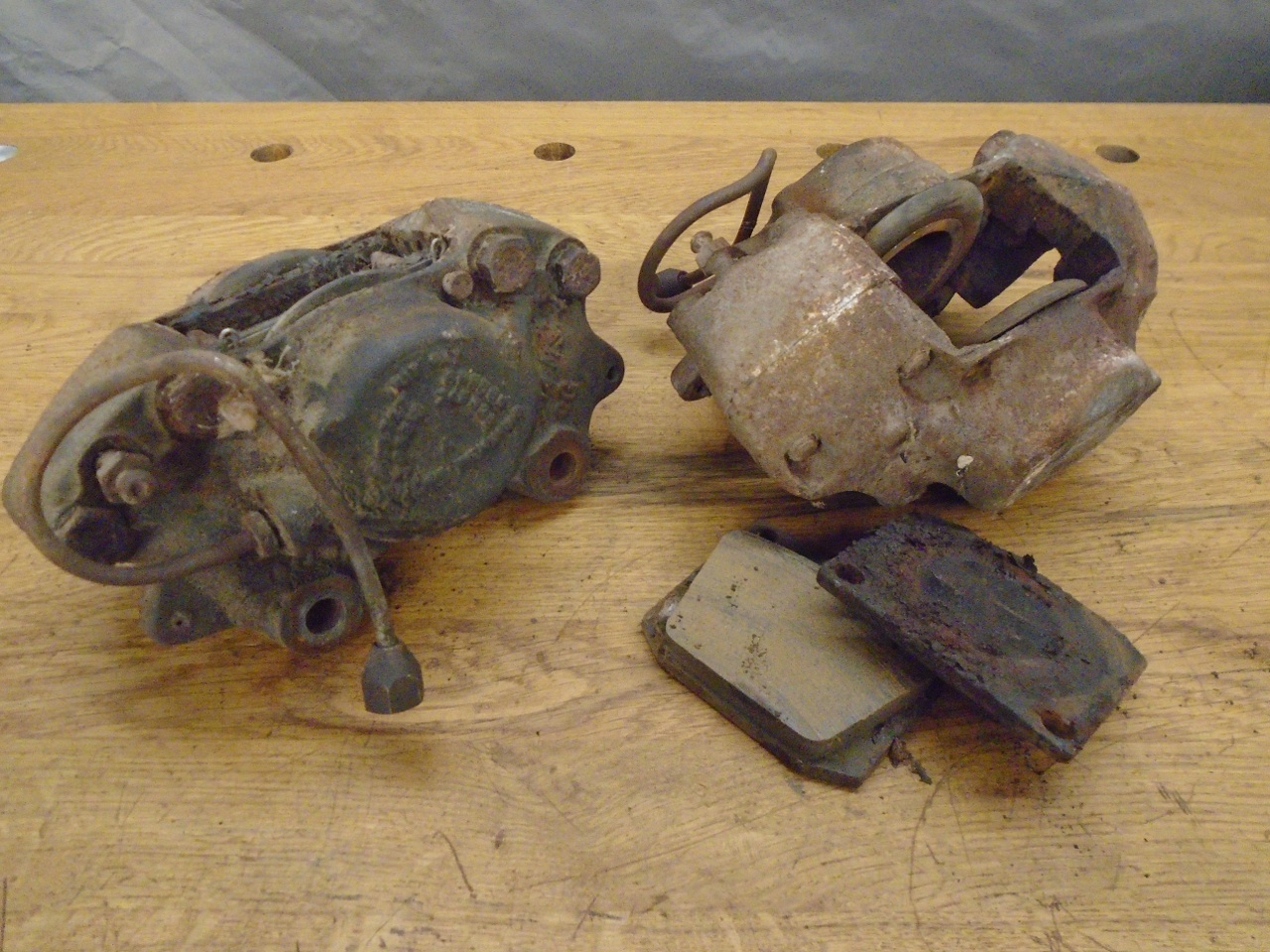
But the main bodies cleaned up really well. The piston bores were in excellent shape.

But
the pistons--well, not so much. In these calipers, the seals are
in the walls of the bores, so the piston surfaces have to be perfect to
maintain a seal. I ordered new pistons along with basic rebuild
kits.

I
struggled with the urge to paint the caliper bodies a bright
contrasting color, but in the end, compromised on a tasteful silver
hammertone.
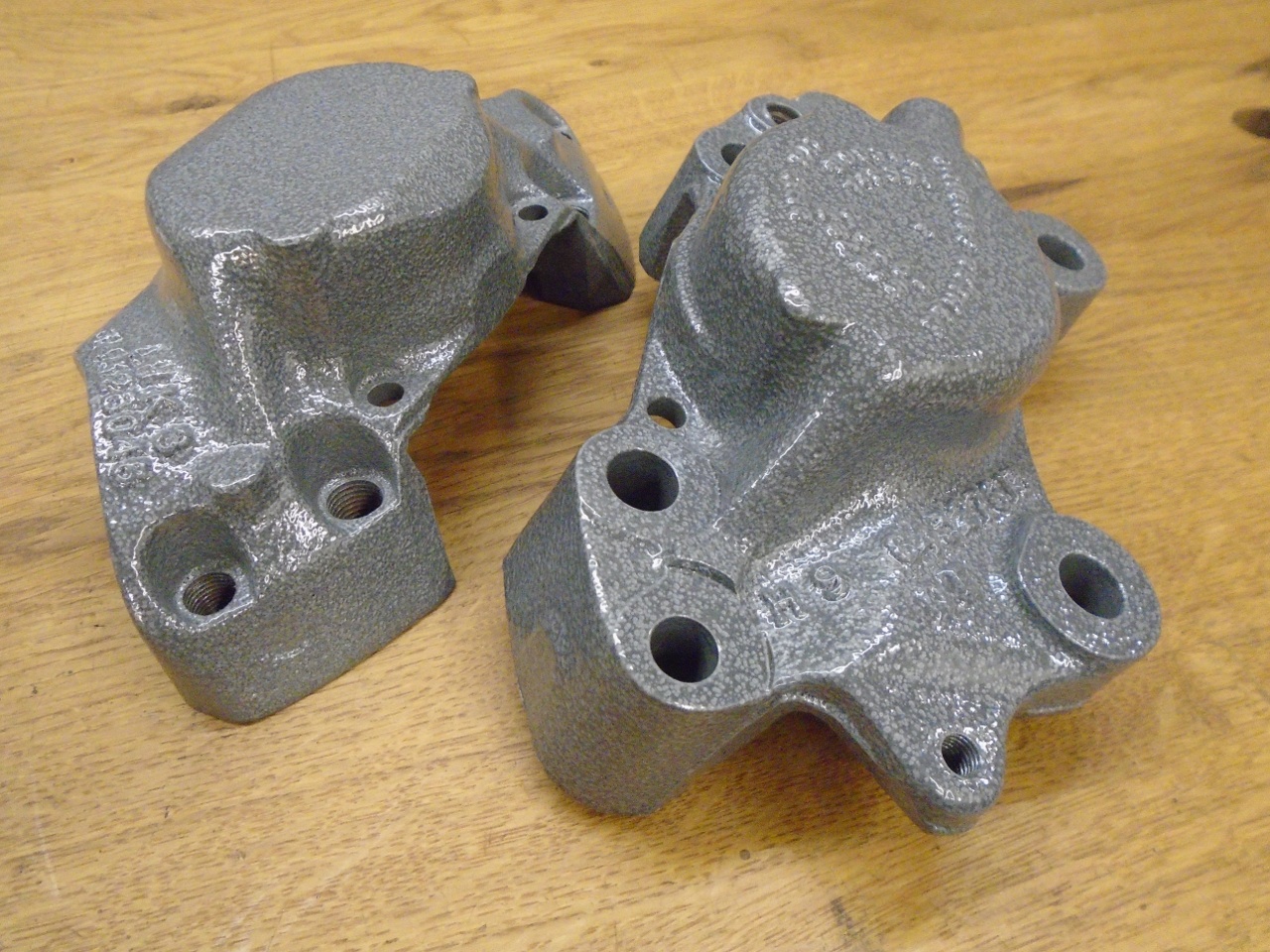
The pistons and kits arrived and everything was ready. I opted for stainless steel pistons.
Though
I very often replate hardware on the car, the body bolts on the
calipers are an exception. These bolts are Grade "Y", meaning
they are very high tensile strength--actually higher than SAE Grade 8.
The problem with these very high strength steels is that they can
be subject to hydrogen embrittlement, where hydrogen gets absorbed into
the surface of the steel. The hydrogen can come from processes
like electroplating or acid pickling. Though there are baking
operations that can drive out the hydrogen, I opted for the safer path
and skipped the plating and acid cleaning. Obviously, these
fasteners are not items to be replaced by corner hardware store bolts.
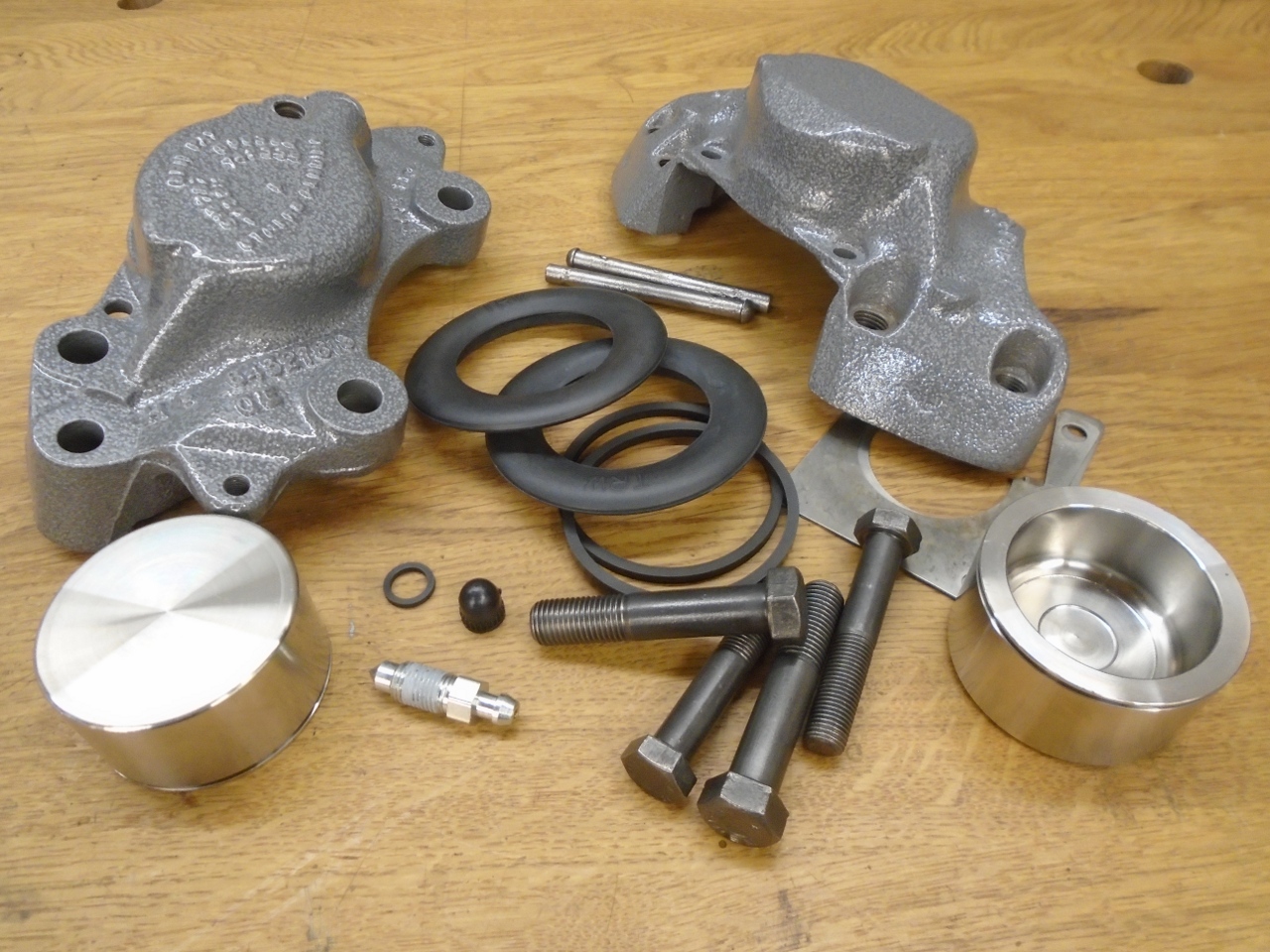
The dust covers can be a little tricky, but perseverence pays off.
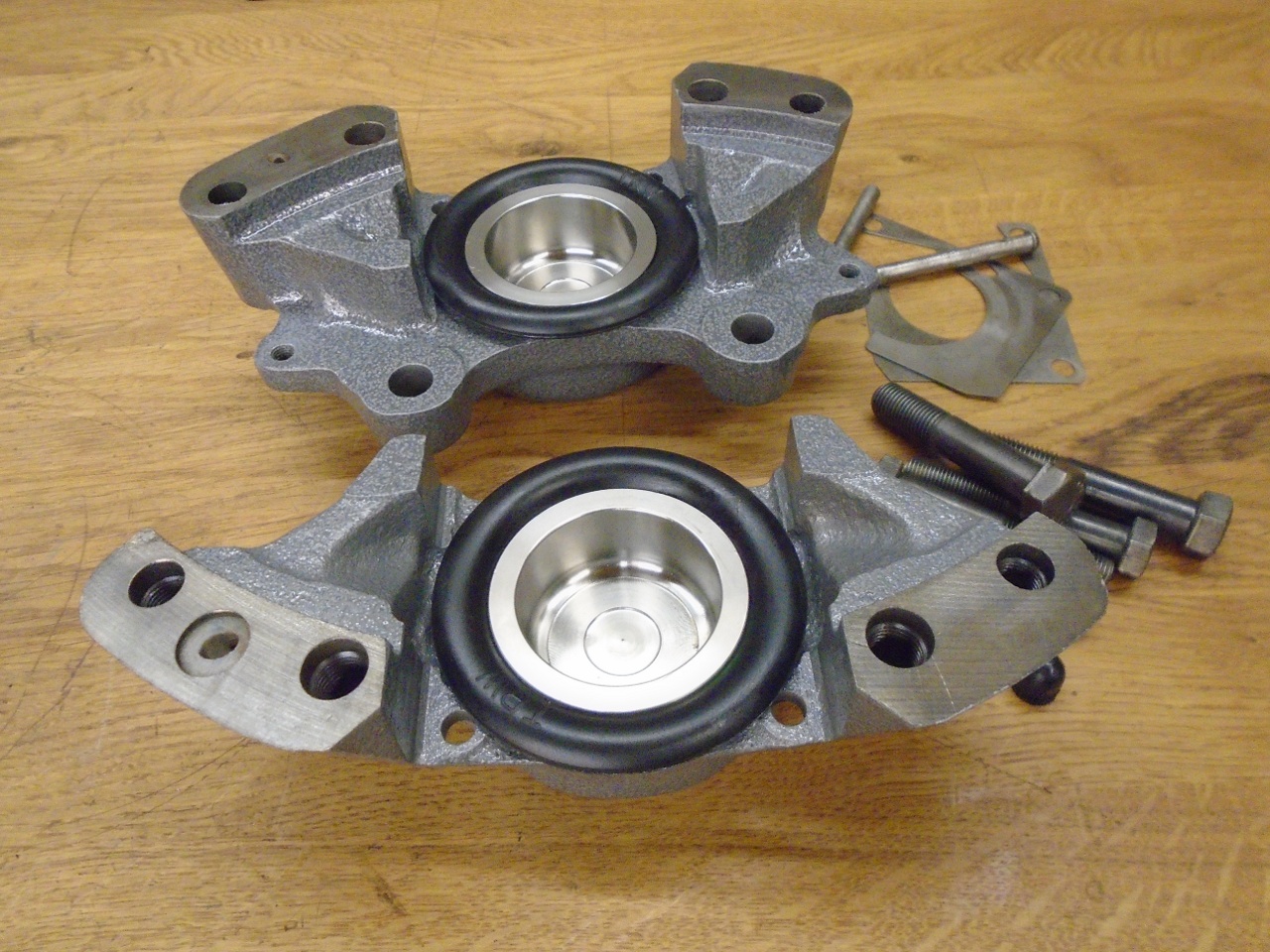
The seal between the two body halves is available from at least one
LBC vendor, but I got these from and industrial supplier. Thay are a
standard size.
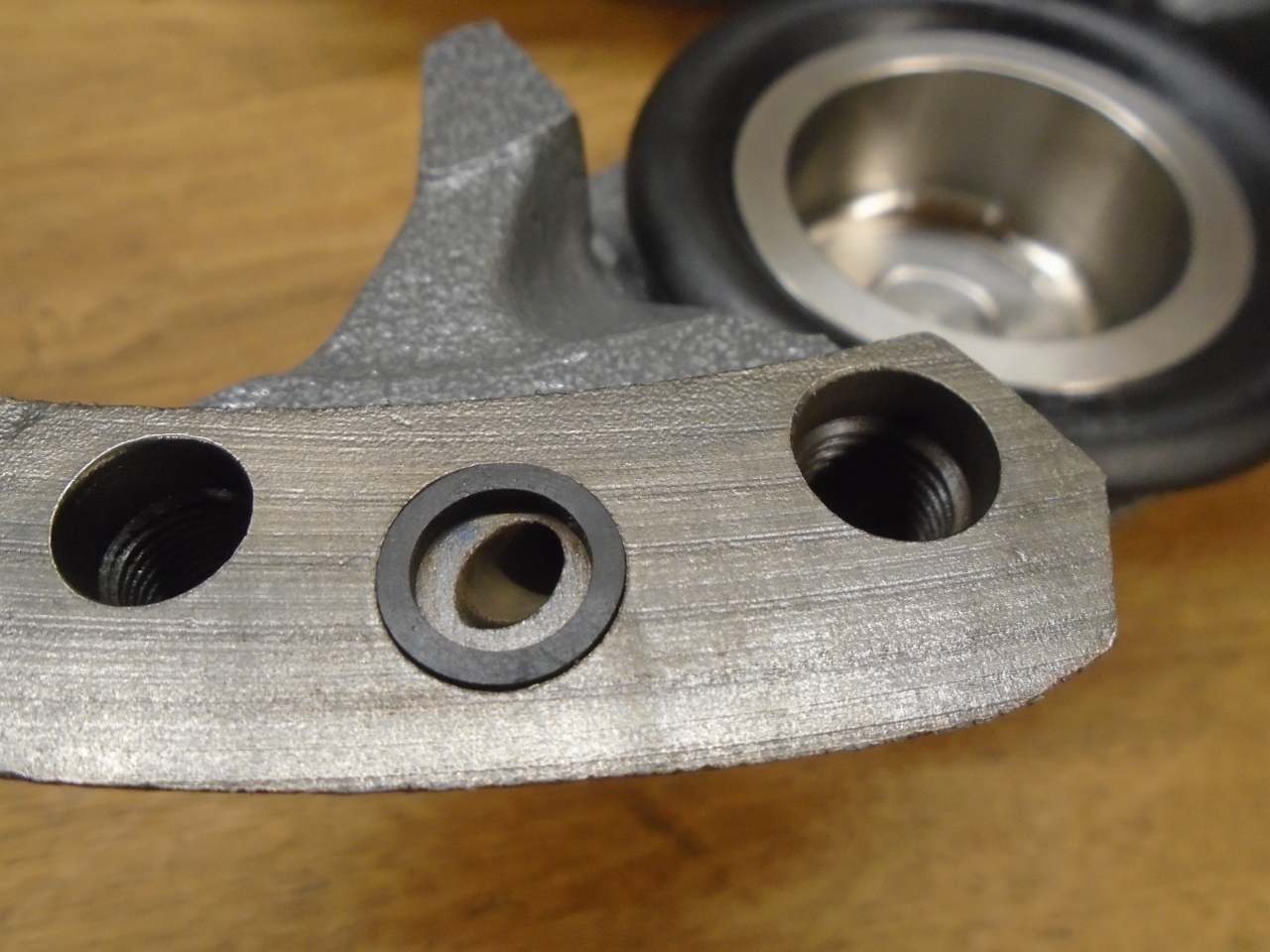
One
rebuilt caliper. On things like this that I don't tackle often, I
do one side at a time, so I have the other for reference.


The
other caliper proved to be a little harder. One of the pistons
didn't respond to compressed air to remove it. It was stuck good.
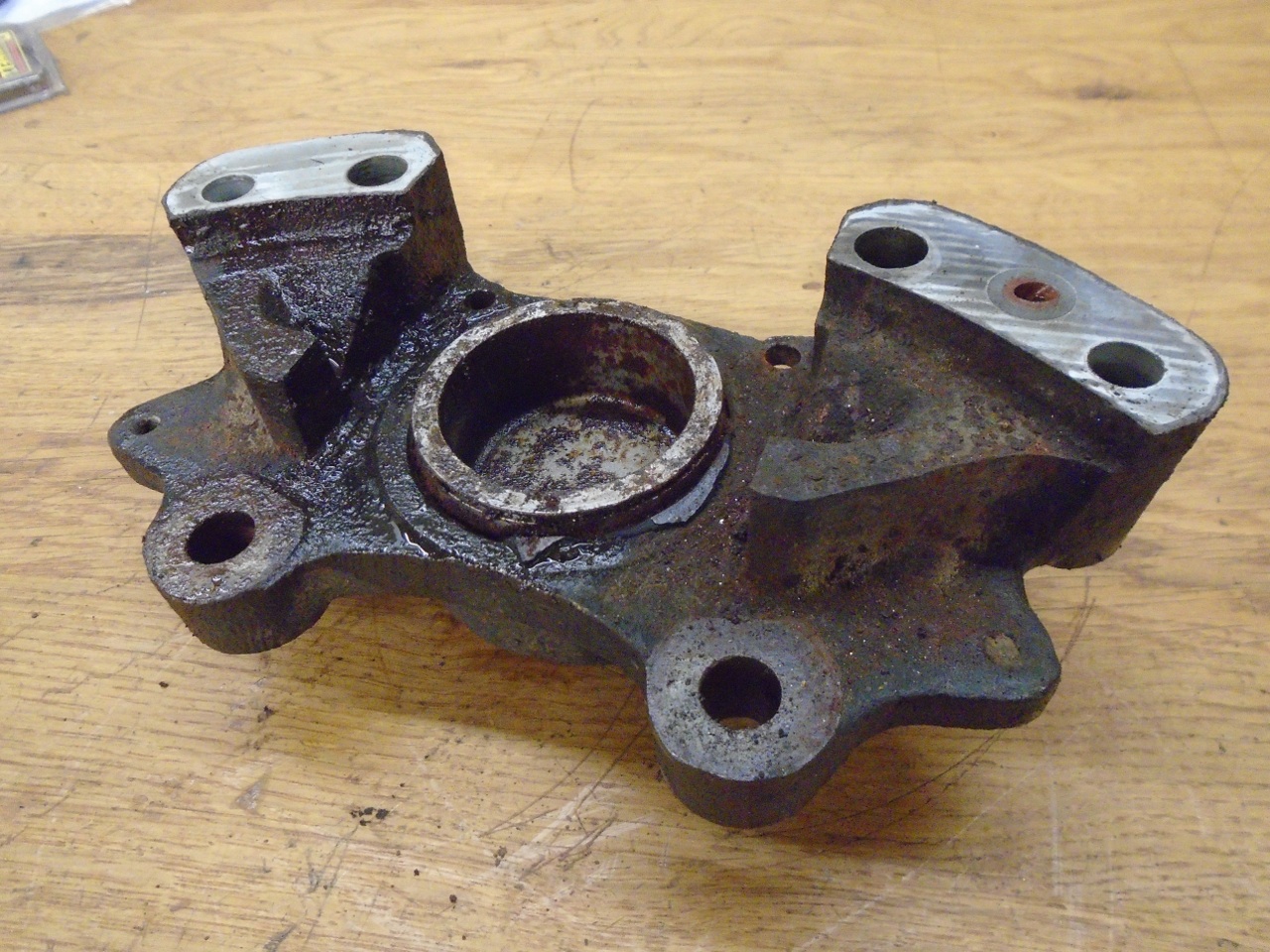
This
is what it took to extract the piston. The bore looks rusty in
the picture, but that was just dirty brake fluid. The bore was
good.
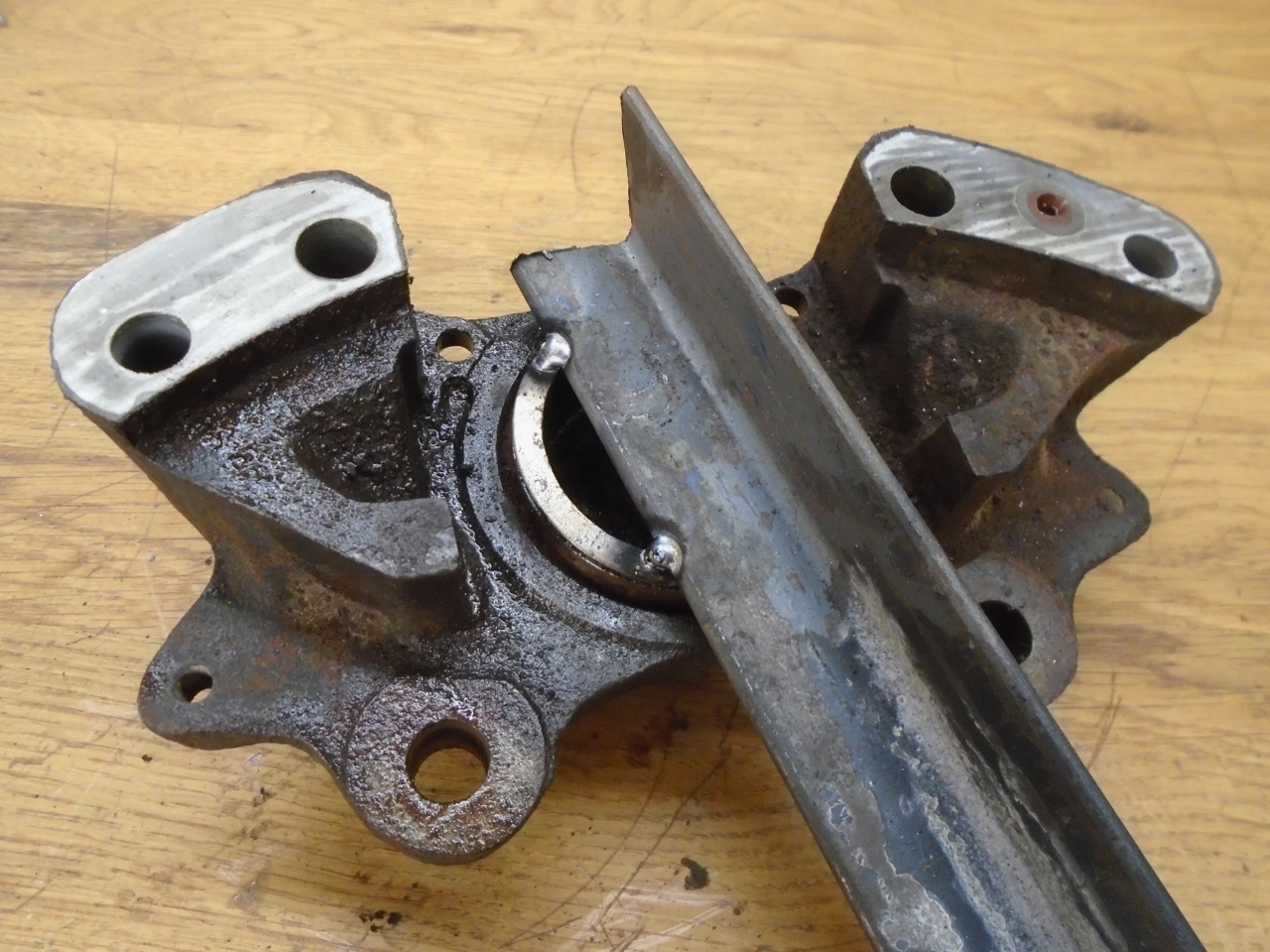
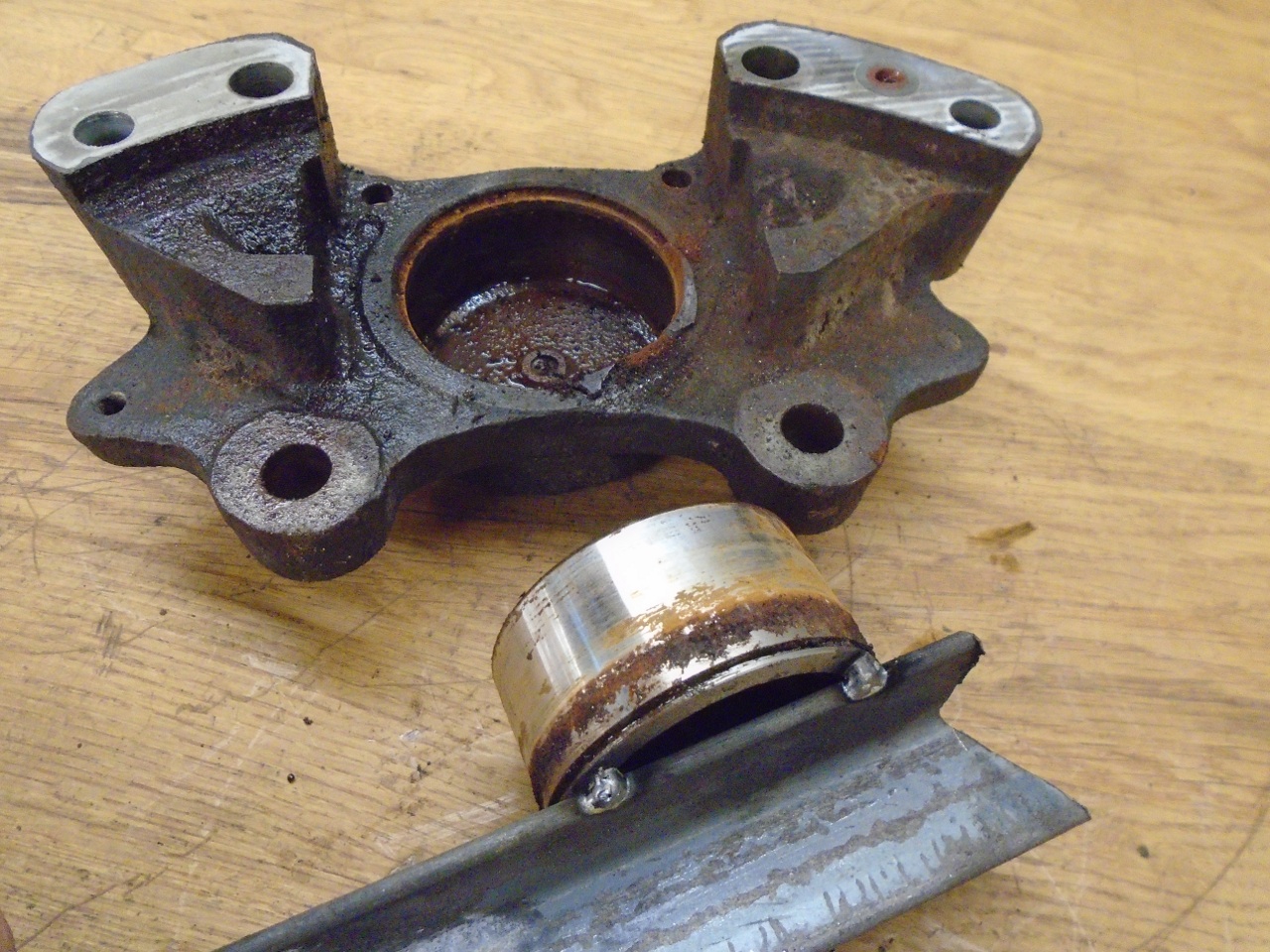
Ready to go!
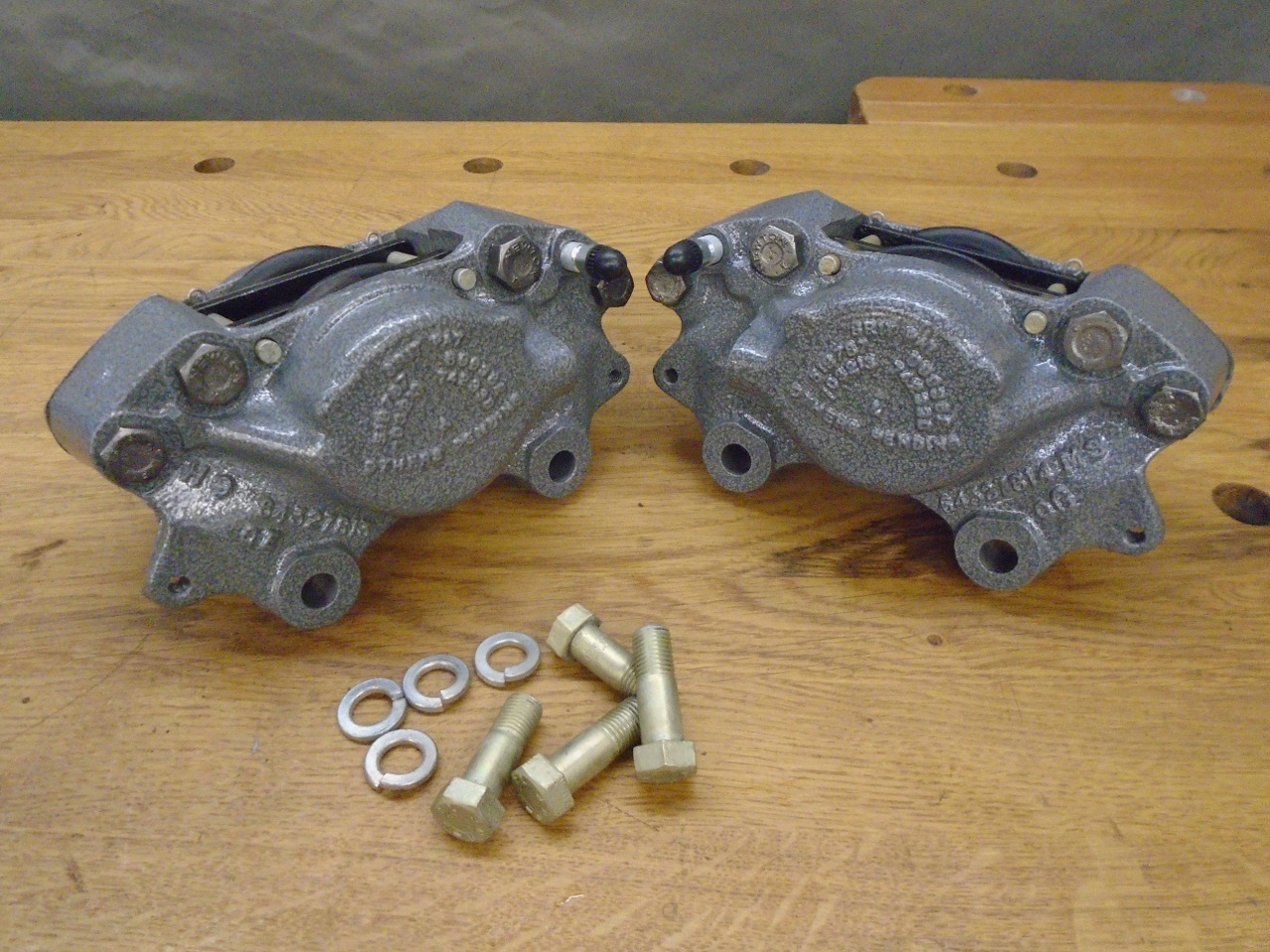
A little step forward.
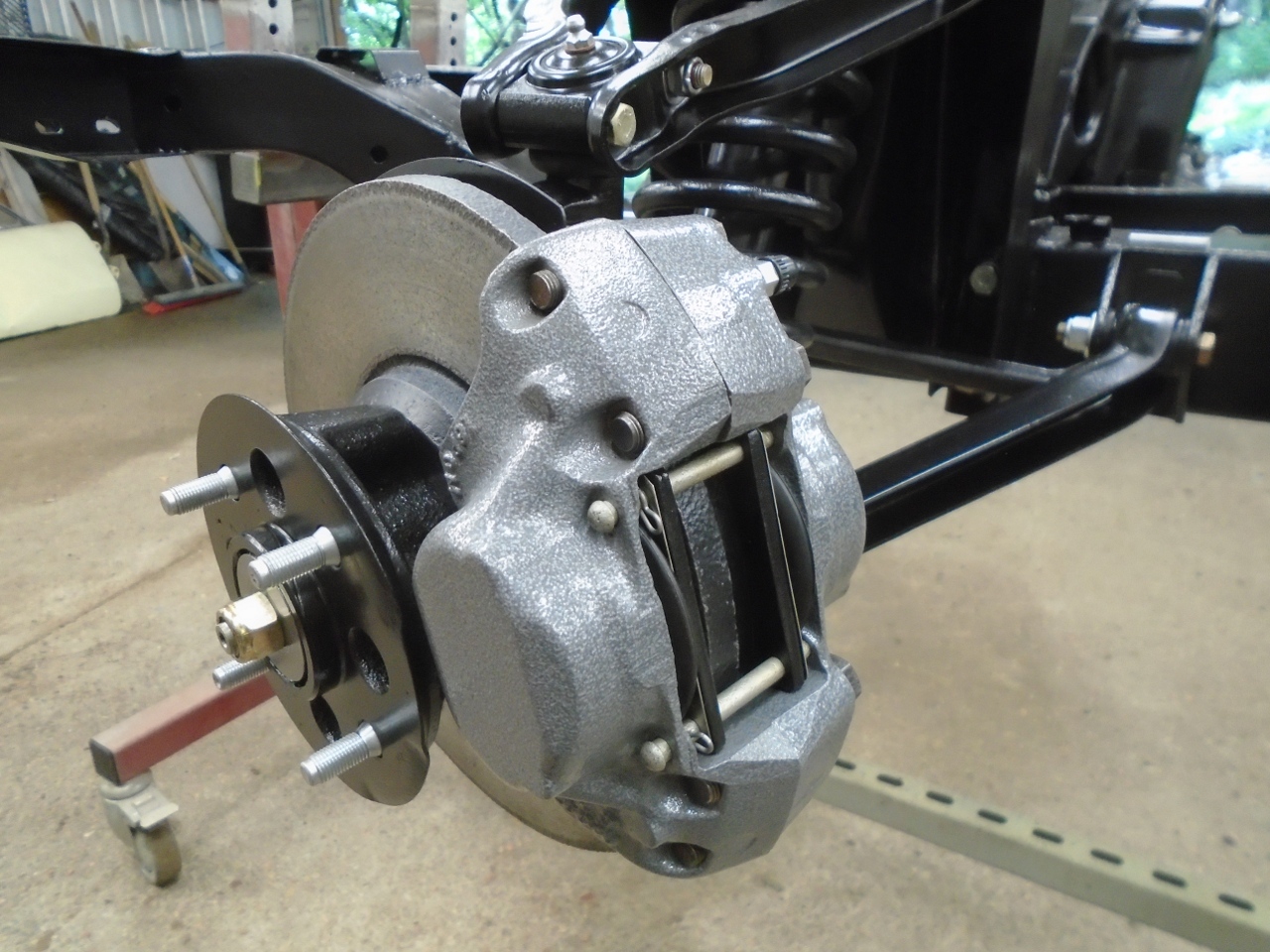
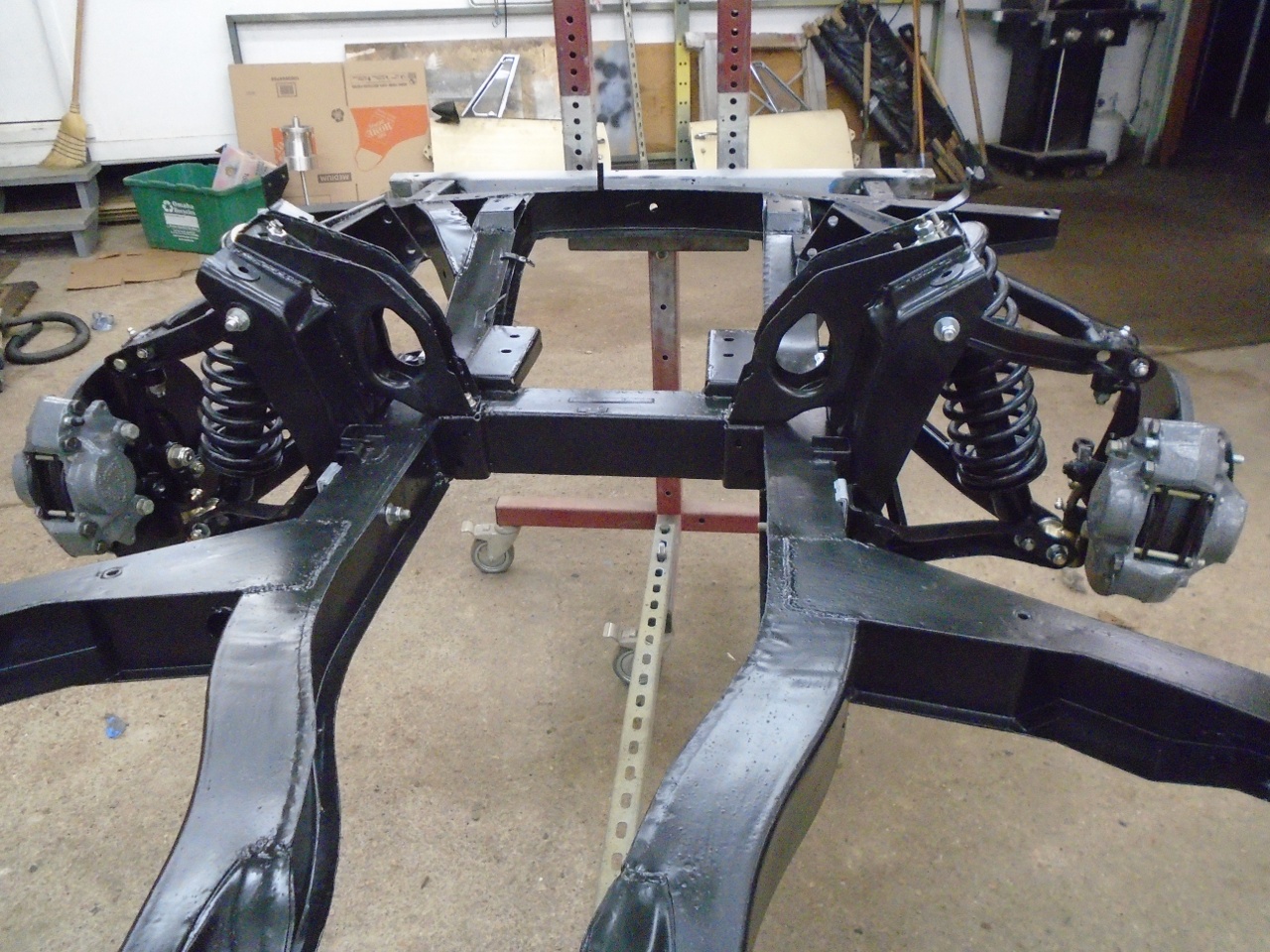
This job was fairly quick--only a few days of off and on work. Cost was around $100, mostly for the stainless pistons.
Comments to Ed at elhollin1@yahoo.com
To my other GT6 pages.